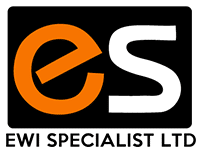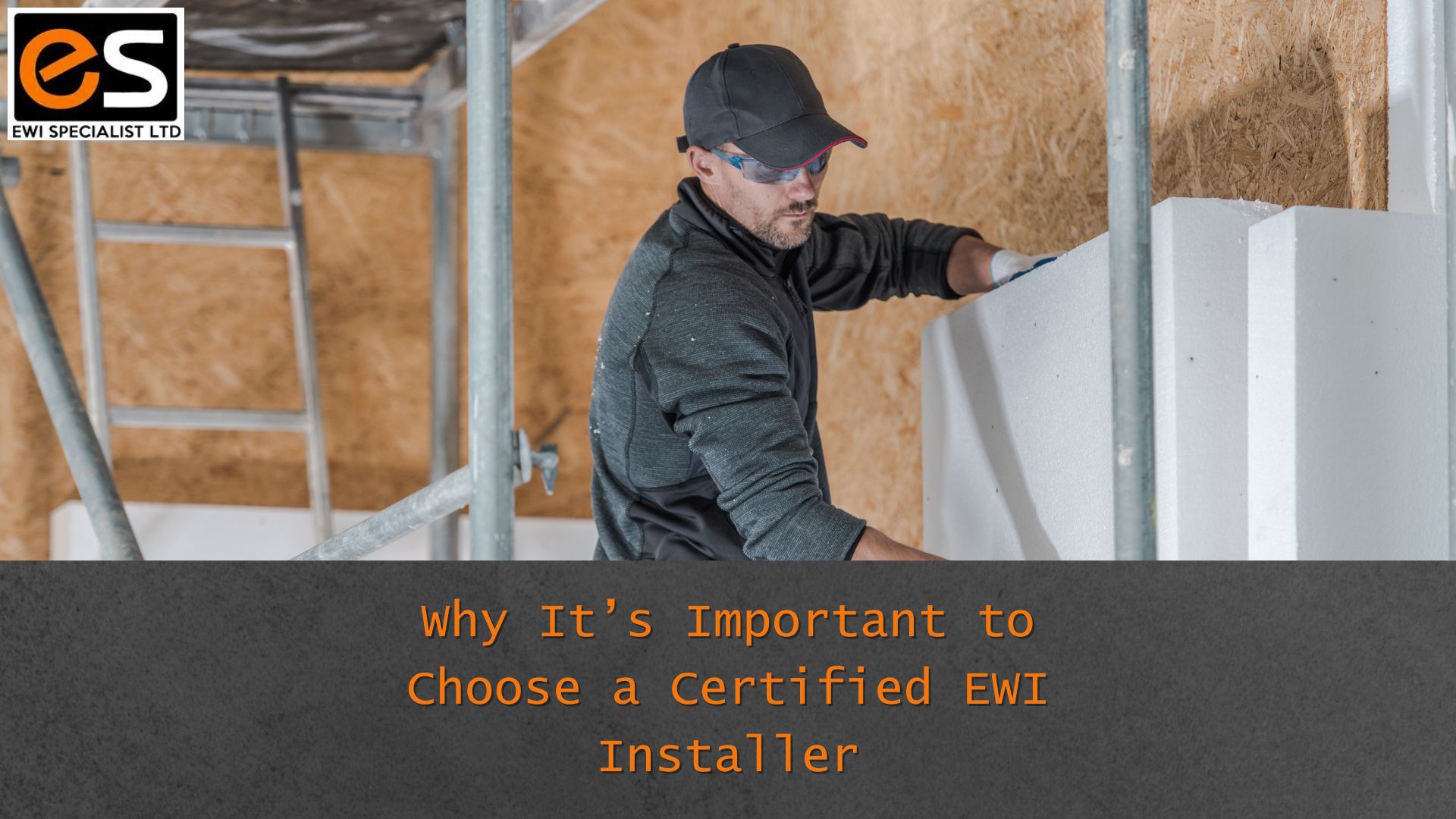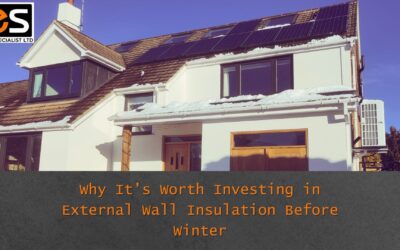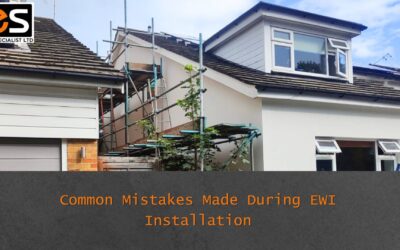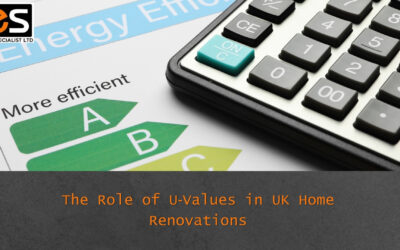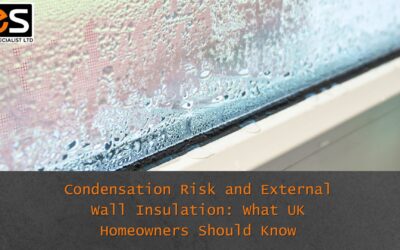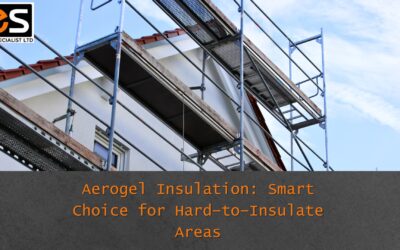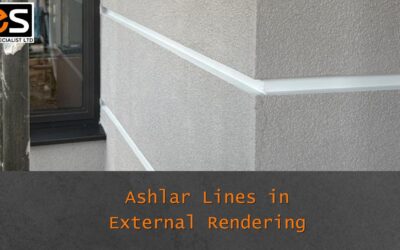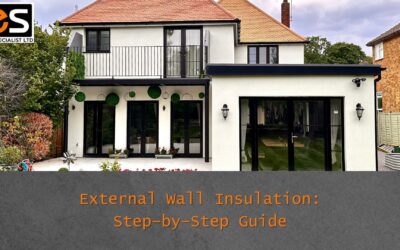Why It’s Important to Choose a Certified EWI Installer. External wall insulation (EWI) and rendering deliver huge energy‑efficiency and aesthetic benefits, but their success hinges on correct installation. The UK retrofit industry is tightly regulated, and consumers have access to certified external wall insulation installers trained to follow system specifications. Choosing a non‑certified contractor or a general builder may be tempting, yet this can lead to moisture problems, sub‑standard finishes and voided warranties. This blog explains why certification matters, what accreditations to look for and how to choose the right EWI installer.
Content Page
- Understanding EWI and render systems
- Why certification matters
- Why It’s Important to Choose a Certified EWI Installer
- Risks of using unqualified EWI installers
- Guarantees and insurance‑backed protection
- How to find a certified EWI installer
- Peace of mind through accreditation
Understanding EWI and render systems
External wall insulation wraps a building in a thermal jacket. A layer of insulation (typically expanded polystyrene, mineral wool or phenolic boards) is mechanically fixed or adhered to exterior walls, reinforced with mesh and finished with coloured render or cladding. The system dramatically improves U‑values and reduces draughts and condensation. Rendering without insulation provides weather protection and aesthetic appeal but does not improve thermal performance.
Proper installation by a certified EWI installer is critical: vapour‑open systems must remain breathable, window reveals need careful detailing to avoid cold bridges and building height dictates fire‑safety requirements. These technical considerations mean EWI should be designed and installed by specialists familiar with solid‑wall construction, appropriate materials and local regulations.
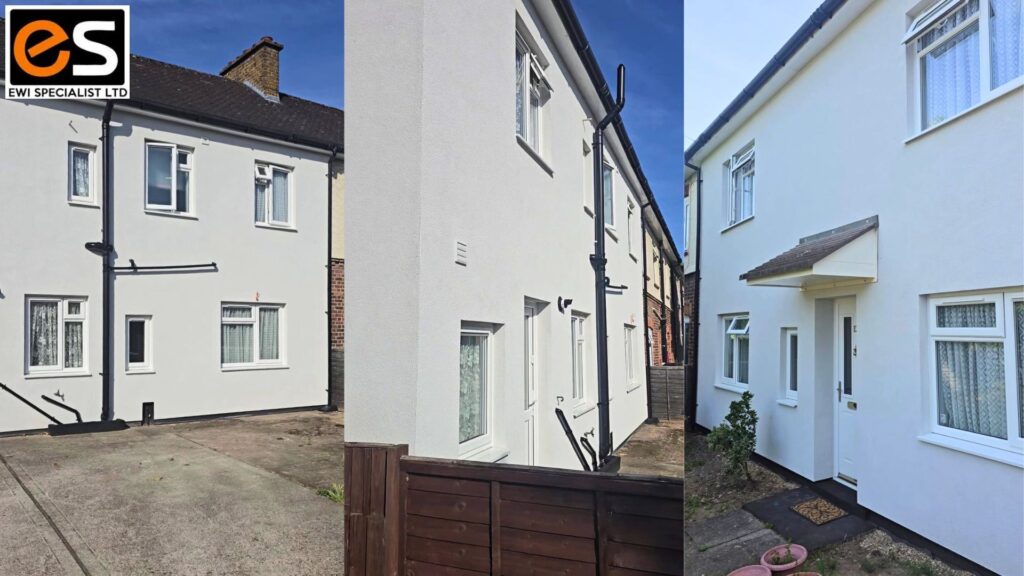
Why certification matters
Recognised accreditations
- TrustMark registration – TrustMark is the UK government‑endorsed quality scheme for tradespeople. Accredited businesses are vetted for technical competence, trading practices and customer service. TrustMark‑registered EWI installers follow PAS 2030/2035 standards, undergo regular checks by certification bodies and can access government‑backed funding schemes.
- PAS 2030/2035 certification – Publicly Available Specification (PAS) 2030 describes how energy‑efficiency measures like EWI must be specified, installed and commissioned. PAS 2035 complements it by requiring whole‑house assessments. Only companies certified to PAS 2030 may install retrofit measures under government schemes, and TrustMark registration requires PAS 2030 accreditation.
- Installation Assurance Authority (IAA) and related organisations such as GDGC, Kinnell, CIGA and SWIGA offer 25-year guarantees tailored to various insulation types. These bodies are referenced by government-endorsed platforms like FreeInsulation.co.uk to ensure consumer protection.
- Constructionline membership demonstrates a company’s operational and financial transparency. EWI Specialist holds Bronze membership, meaning it meets pre‑qualification standards for public-sector and major private‑sector buyers. This includes insurance, financial records, compliance checks and a health-and-safety SSIP accreditation.
- ProQual NVQ Level 2/3 in Insulation and Building Treatments are regulated qualifications offering practical training for insulation work. For example, the NVQ Level 2 in External Wall Insulation (Boarder/Finisher) includes modules on general site safety, productive working, and correct installation techniques. This qualification proves an operative’s capability in delivering compliant and high‑quality work.
Certified installers must attend manufacturer training courses and renew their credentials periodically. This ensures they understand the latest systems, regulations and best‑practice methods.

Why It’s Important to Choose a Certified EWI Installer
Detailed design and specification
Professional EWI projects begin with a thorough design: assessing wall types, calculating U‑values and selecting appropriate insulation and finishes.
Certified contractors prepare a full system specification for the customer before work begins, listing materials, fixings, finishes, fire‑stopping details and ventilation requirements. This transparency allows homeowners to see exactly what will be installed and aligns the project with the system’s warranty conditions.
Skilled EWI installation
Accredited installers follow manufacturer methods and industry standards. They ensure surfaces are prepared correctly, fix insulation boards without leaving gaps or cold bridges, embed reinforcement mesh properly and apply breathable renders to avoid trapping moisture. TrustMark‑registered companies must adhere to PAS 2030/2035 standards across assessment, design and installation.
Ongoing quality assurance
Certified contractors record photographic evidence and site notes during installation. These records are retained for auditing by certification bodies and help in issuing system guarantees. Should a defect arise, installers are obligated to rectify it under their workmanship guarantee.
Risks of using unqualified EWI installers
External wall insulation is a specialist measure. Using unskilled or non‑certified tradespeople risks poor workmanship that can lead to significant problems:
- Moisture and mould – Improper detailing can reduce a building’s ability to breathe, leading to trapped moisture and mould growth. The Ideal Home guide warns that poorly installed EWI can block ventilation, causing damp and condensation.
- Wrong materials and finishes – Choosing incompatible renders (e.g., non‑breathable cement on a vapour‑open insulation) can trap moisture and cause cracking. Experienced installers match each layer to the building fabric.
- Cold bridges and structural issues – Failing to insulate window and door reveals creates thermal bridges and can lead to condensation and heat loss. Insulation must be carefully cut and sealed around openings.
- Planning and safety breaches – Unqualified installers may ignore planning restrictions, fire‑safety rules or boundary requirements. Incorrect materials or poor workmanship can void insurance and warranties.
- High failure rates – A National Audit Office review found that nearly 98 % of government‑funded EWI installations between 2022 and early 2025 required repairs, largely due to weak regulatory control and poor contractor selection. Unskilled work resulted in moisture, poor thermal performance and safety risks.
By contrast, Nigel Donohue of the Insulation Assurance Authority notes that issues with retrofit insulation are extremely rare when installers approved by industry bodies follow technical best practice and use approved systems, which are required to obtain a guarantee.
Guarantees and insurance‑backed protection
System and workmanship guarantees
Most EWI system designers offer long‑term warranties (typically 10 years) on their insulation boards, fixings and renders. These warranties are only valid when installation is performed by an accredited installer following the system specification.
Why guarantees matter
Guarantees protect homeowners against defects in materials or workmanship and ensure compliance with building regulations. Without them, owners may face costly repairs if the installer refuses or is unable to fix faults. Certified installers are able to offer these guarantees because their work is regularly inspected and meets system standards.
How to find a certified EWI installer
- Check TrustMark’s ‘Find a Tradesperson’ directory – Enter your postcode and select “External Wall Insulation” to confirm if a company is registered. TrustMark profiles show accreditations and services.
- Verify PAS 2030 certification – Ask for the installer’s PAS 2030 certificate number and confirm it with the certification body (e.g., Simply Certification).
- Request a full specification and quote – A reputable installer will survey your property, calculate U‑values and deliver a detailed specification before starting work. This ensures the correct insulation thickness, fire‑safety measures and finishing products are used, aligning with the system guarantee.
- Check guarantees – Ensure the installer issues a 10‑year system and workmanship guarantee and offers an insurance‑backed guarantee for added security.
- Ask about training and experience – Certification alone isn’t enough; ask how frequently installers undergo manufacturer training and how many similar projects they have completed.

Peace of mind through accreditation
Installing external wall insulation and high‑performance renders is an investment in comfort, energy efficiency and property value. The key to success lies in choosing a certified EWI installer. Government‑endorsed schemes like TrustMark and PAS 2030/2035 ensure that accredited installers follow rigorous standards and undergo regular audits.
Using an uncertified contractor may initially appear cheaper, but the risks – moisture problems, thermal bridges, failed inspections and voided warranties – are substantial. Certified installers not only deliver quality workmanship but also provide comprehensive specifications, system and insurance‑backed guarantees, and access to government funding.

At EWI Specialist, our teams hold TrustMark and PAS 2030 accreditations and undergo continuous manufacturer training. We provide detailed specifications, issue long‑term system guarantees and offer insurance‑backed warranties for total peace of mind. If you’re considering external wall insulation or rendering, contact us for a free, no‑obligation survey and discover how our certified expertise can transform your property.
